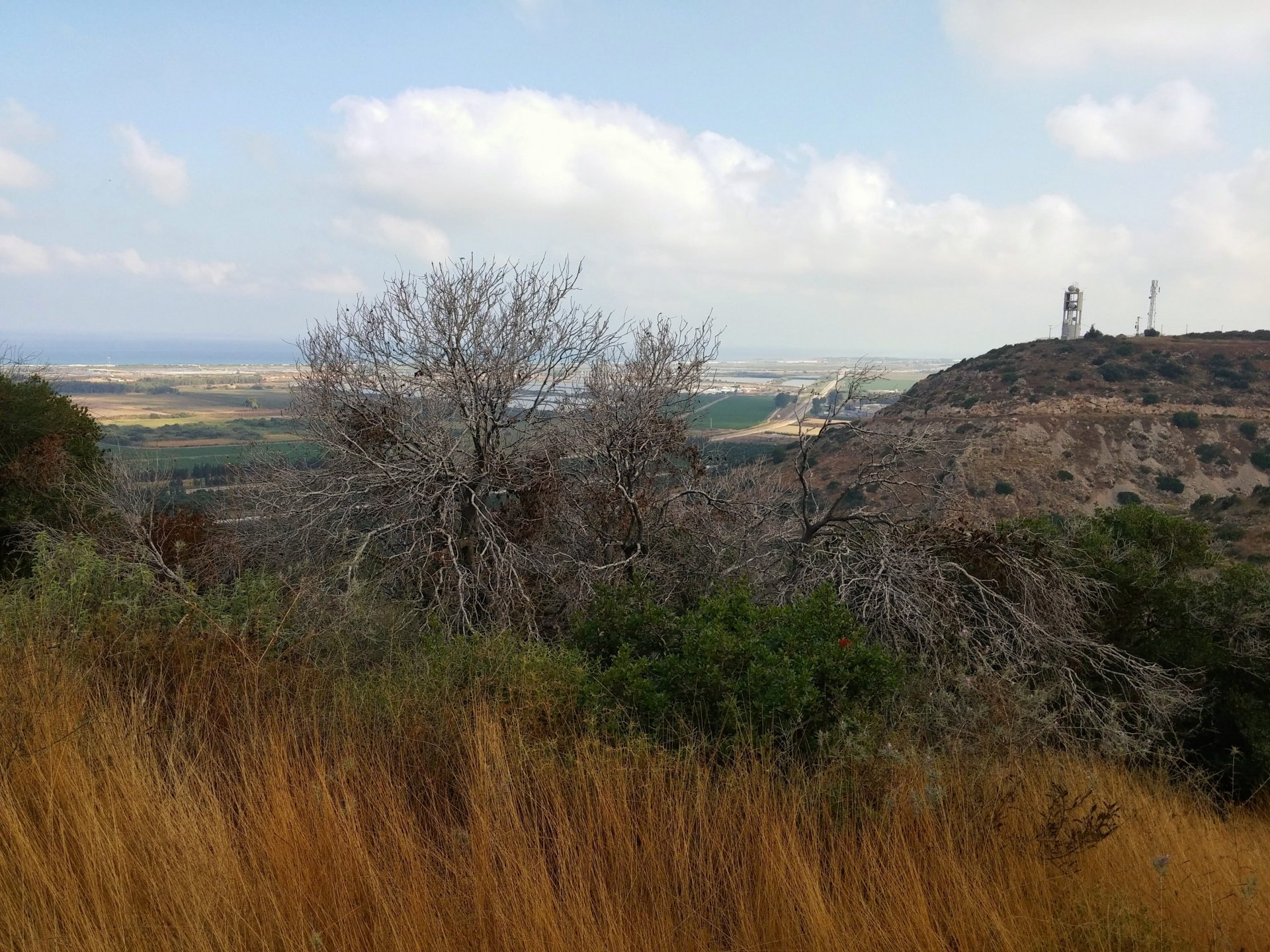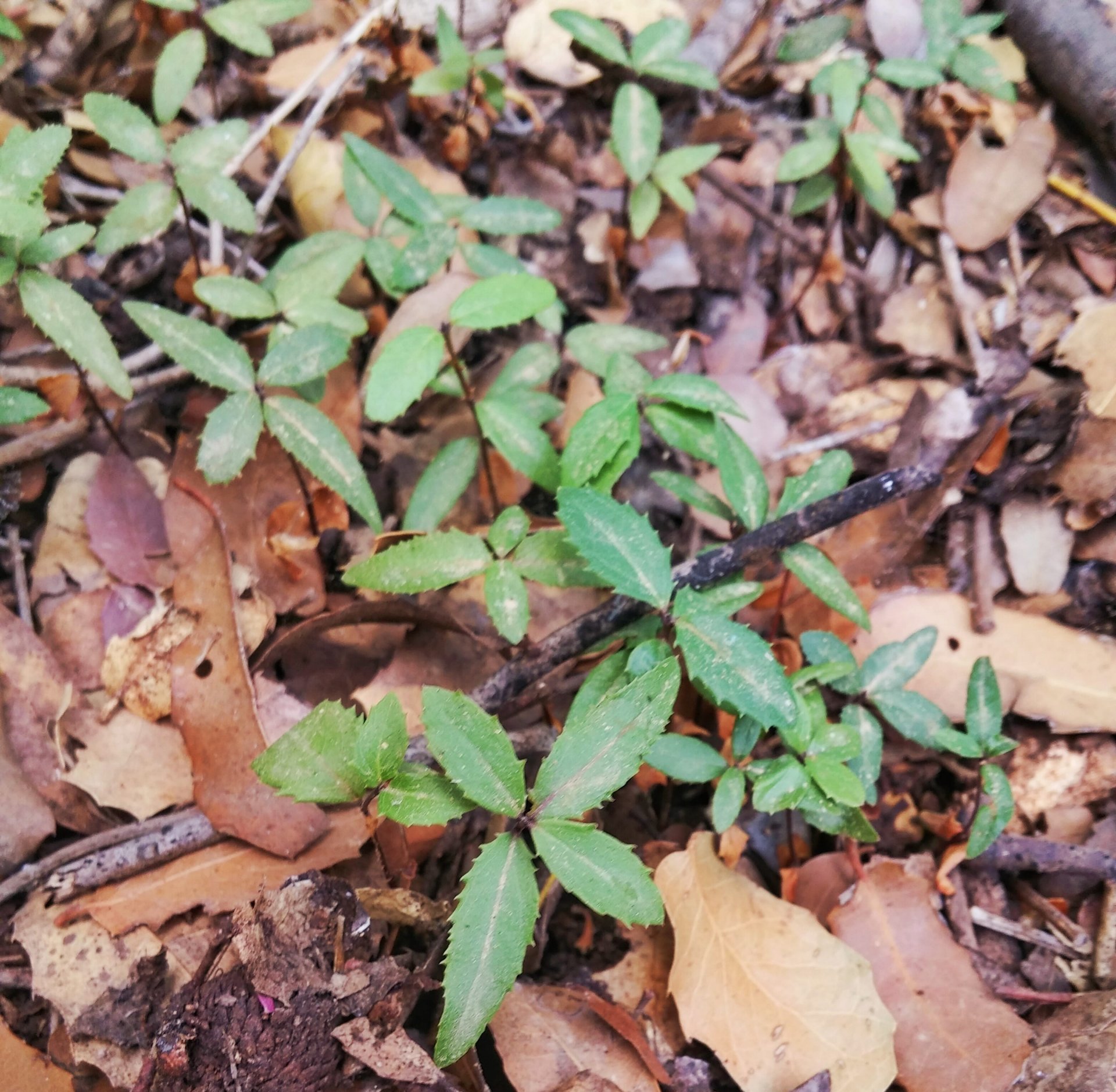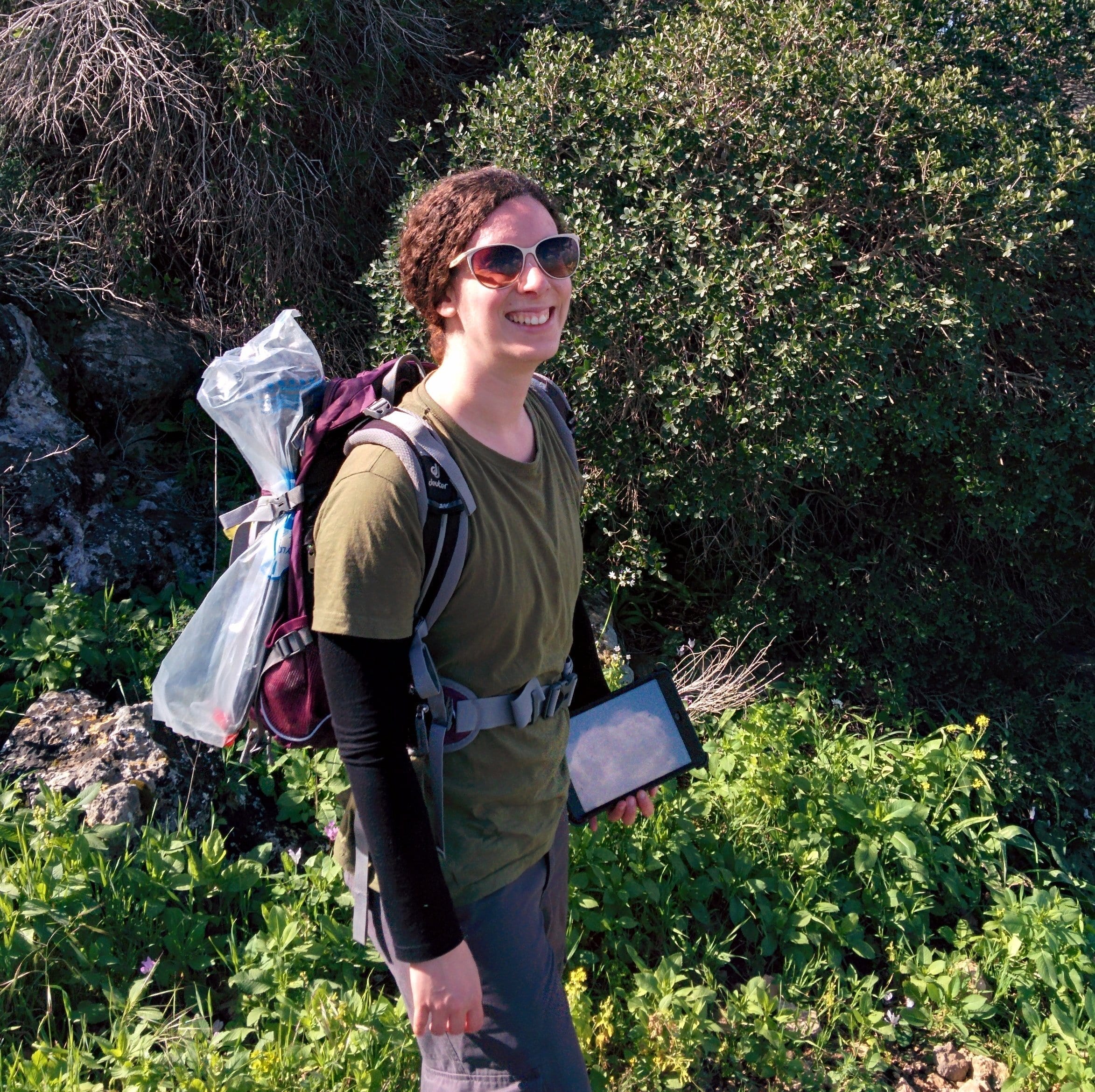Regeneration and mortality of woody species in the Mediterranean landscape
Danielle Bashan and Avi Bar-Massada
Regeneration and mortality of woody species in the Mediterranean landscape – Effect of interface treatments, competition and environmental conditions.
Mediterranean regions are characterized by a variety of plant formations, due to dry climatic conditions and a history of human based disturbances. These plants have developed drought resisting mechanisms and improved regenerative capacity. Human based disturbances such as grazing and shrub clearing have created a complex landscape mosaic characterized by high levels of spatial heterogeneity at different spatial scales. This heterogeneity contributes to high species diversity (mainly herbaceous plants) and reduced risk of wildfire spread (due to fine scale fragmentation of vegetative fuels). Therefore, disturbance-based management has become a common management strategy. On the side of the spectrum of the effects of human activities, anthropogenic climate change may increase the frequency of droughts, which can lead to woody species mortality.





